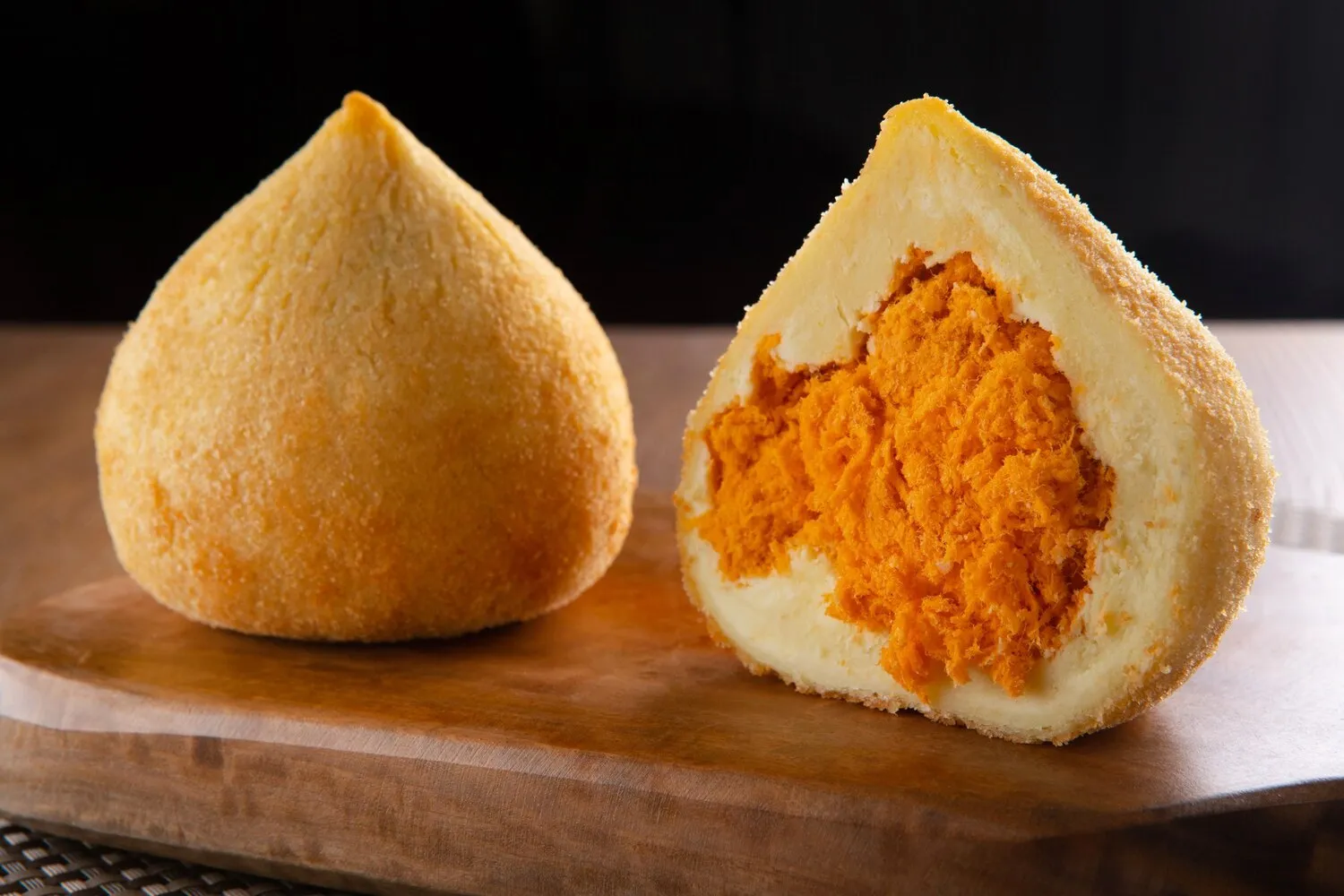
Pastel
Thin crust deep fried patty filled with various fillings. Common fillings are cheese, meat, or pizza flavor.
Nutrition Facts
* The % Daily Value (DV) tells you how much a nutrient in a serving of food contributes to a daily diet. 2,000 calories a day is used for general nutrition advice.
The pastel is believed to have originated from Chinese immigrants in Brazil, who adapted spring rolls to local tastes and ingredients. Japanese immigrants are also credited with popularizing the dish. They initially sold them in open-air markets to disguise their Japanese identity during a period of anti-Japanese sentiment in the country.
Pastel is a ubiquitous street food in Brazil, deeply ingrained in the country's culinary culture. It's a popular snack enjoyed at fairs, markets, and lanchonetes (snack bars).
Street Food Staple
Pastel is a readily available and affordable street food, making it accessible to people from all walks of life.
Feira Culture
Pastel is commonly found at feiras (street markets) alongside caldo de cana (sugar cane juice), forming a classic Brazilian pairing.
Regional Variations
While certain fillings are common throughout Brazil, regional variations exist, reflecting local ingredients and preferences.
Social Gathering Food
Pastel is often enjoyed in informal settings, shared amongst friends and family during casual gatherings.
Pastel offers a delightful combination of crispy, savory, and diverse flavors, depending on the filling.
The defining flavor comes from the deep-fried, thin, and crispy pastry. Common fillings include savory ground beef (carne), cheese (queijo), heart of palm (palmito), chicken (frango), pizza (typically cheese, tomato sauce, and oregano), and shrimp (camarão). Each filling contributes its own distinct flavor profile, ranging from the umami richness of the meat to the creamy saltiness of the cheese or the subtle sweetness of heart of palm. Seasonings like garlic, onions, and herbs enhance the overall taste.
Dough Consistency
The dough should be thin and elastic for optimal crispness. Overworking the dough can lead to a tough pastel.
Filling Preparation
Ensure the filling is not too wet to prevent the pastel from becoming soggy during frying. Cook the filling beforehand to ensure it is fully cooked inside the pastry.
Frying Temperature
Maintain a consistent oil temperature (around 350-375°F or 175-190°C) for even cooking and crisping. Avoid overcrowding the fryer.
Serving Immediately
Pastel is best enjoyed immediately after frying, while it's still hot and crispy.
Explore additional Savory snack dishes and restaurants
Explore Savory snackDiscover top dining spots and culinary experiences in Franca.
Explore FrancaLearn more about the food culture, restaurant scene, and culinary heritage of Brazil.
Explore Brazil